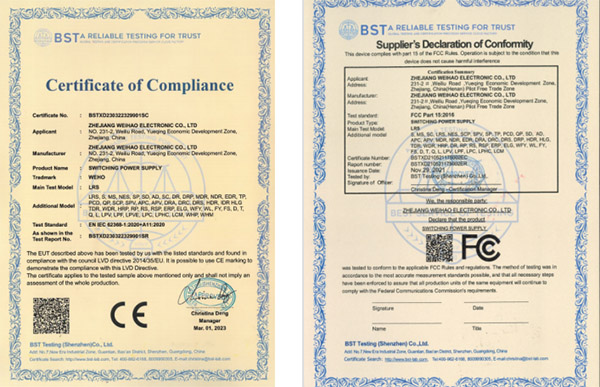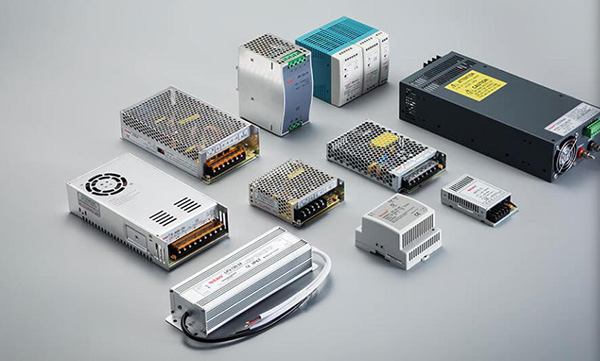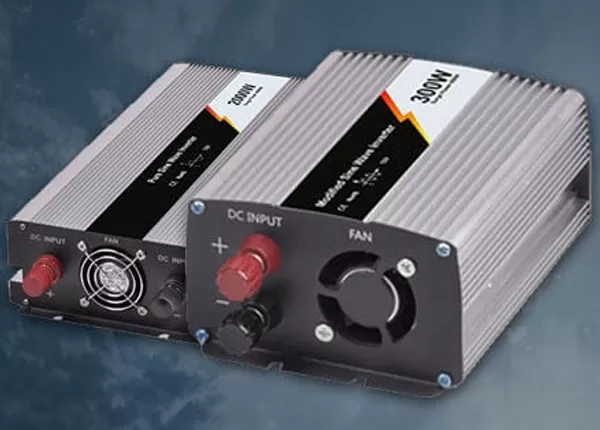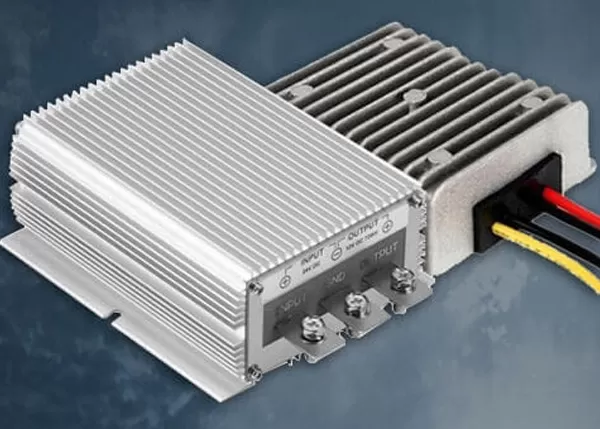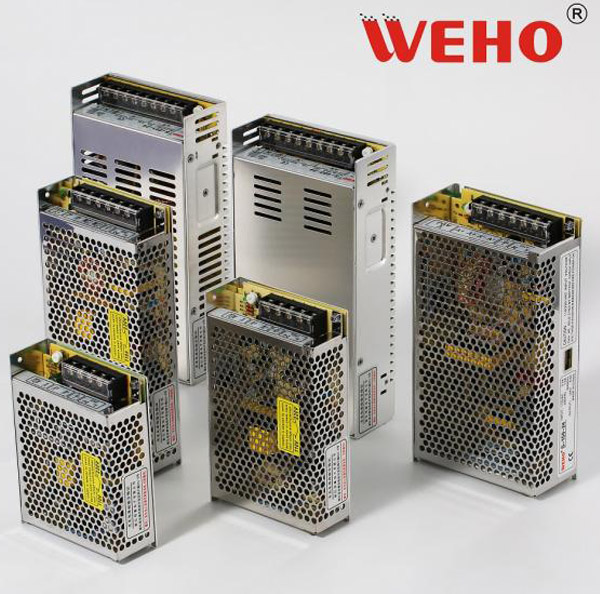Factors to consider when choosing a switch power supply
When choosing a switching power supply, there are several key factors to consider. These considerations will ensure that you select a power supply that is suitable for your specific application and meets your requirements.
The first factor to consider is power output. Determine how much power your device or system requires and make sure the switching power supply you choose can consistently provide that power. It is critical to consider maximum and minimum power requirements to ensure stability and efficiency.
Another important factor is the input voltage range. Different devices and systems have different input voltage requirements, so it is critical to choose a switching power supply that can accommodate the specific range required. This will ensure compatibility and prevent any potential damage to your device due to incorrect voltage levels.
Next, consider the efficiency of the switching power supply. Look for a power supply with a high-efficiency rating, as this will minimize energy waste and reduce heat production. A more efficient power supply will not only save you energy costs but also extend the overall lifespan of your equipment.
In addition, it is crucial to evaluate the reliability and durability of the switching power supply. Look for a power supply with high-quality components and a good reliability record. Consider factors such as temperature tolerance, resistance to shock and vibration, and any specialized certifications or ratings that indicate ruggedness.
Finally, consider the size and form factor of the switching power supply. Depending on your application and available space, you may need a compact or low-profile power supply. Make sure the power supply you choose will fit easily into your system and meet any installation or installation requirements.
